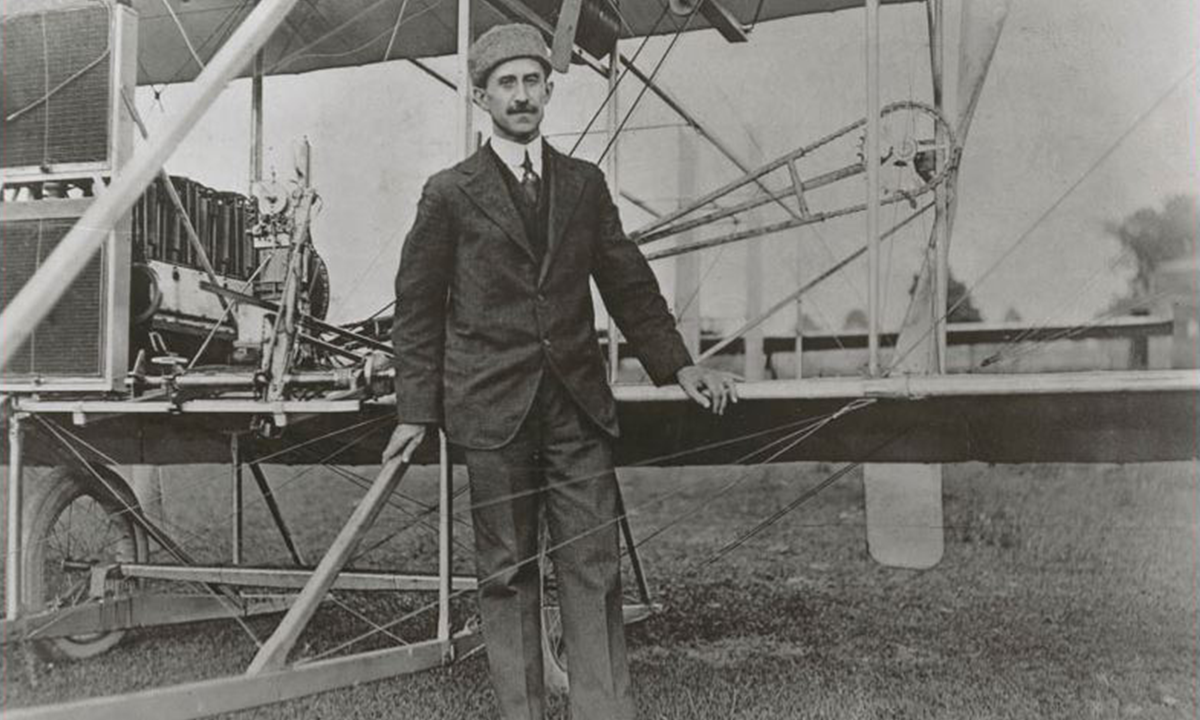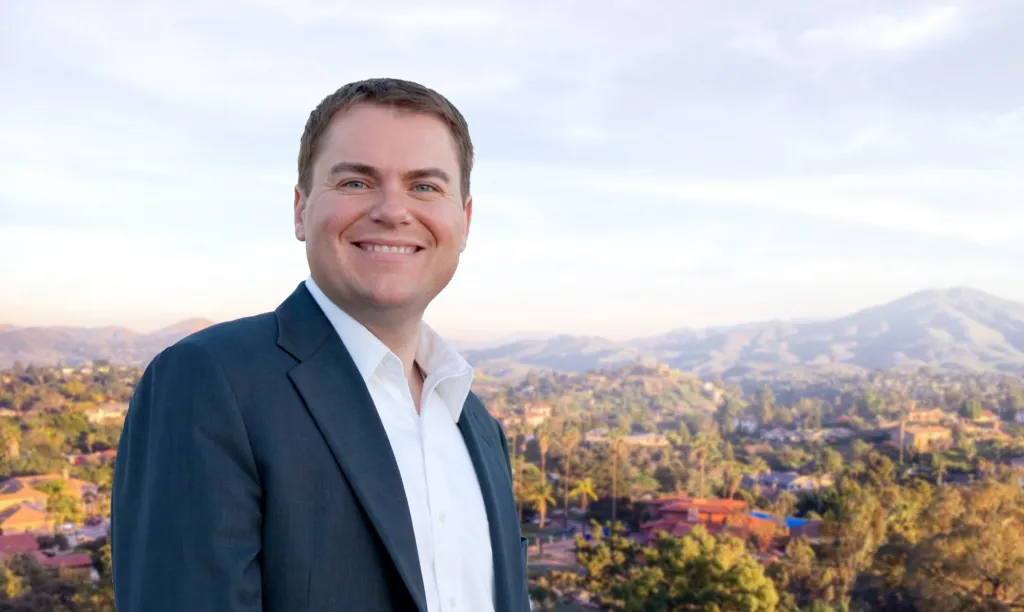Orville Wright is best known for inventing and flying the first successful airplane along with his brother Wilbur. The brothers were born into a family of seven children to Bishop Milton Wright and raised in Dayton, Ohio. They are considered the fathers of modern aviation. Orville was a curious and inquisitive youngster already demonstrating his inventor’s bent. The family home was sparse but full of books and intellectual pursuits were encouraged by the family as Orville would later record in his memoirs. His father brought the boys a toy helicopter from his church travels. The toy was based on the design of French aeronautical pioneer Alphonse Penaud with rubber bands to move the twin blades. The brothers’ fascination with aeronautics was born. Orville had an intense interest in science and how things worked. The Wright brothers lost their mother to tuberculosis when they were teenagers and their sister Katherine took over the household. The three remained a close-knit unit for most of their lives.
Orville was restless in school and quit during his senior year of high school after spending the summer working in a print shop to open his own shop with his brother. He redesigned the printing press and started publishing a local weekly newspaper, the West Side News with his brother Wilbur as the editor-in-chief. During the brothers’ stint as publishers, they were the first to print the work of Orville’s classmate African American writer and poet Paul Laurence Dunbar which helped to launch his acclaimed career.
About this time, Orville and Wilbur started tinkering with bicycles. They opened a bicycle shop and started selling and repairing bicycles. Soon, they were selling bicycles of their own design with a self-oiling wheel hub. They followed the development, designs, and failures of other pioneers in flight. Soon Wilbur wrote the Smithsonian Institute asking for publications and information on aeronautics. They used the profit from their bicycle shop to fund their flying experiments.
As they tackled the challenges presented by flight, the Wright brothers saw the issue of pilot control as the third leg of the “flying problem” to be solved. They deemed that the problem of “wings” and “engines” had been adequately resolved which defied the thinking of the time. Through observation, Wilbur concluded that birds change the angle of their wings to change direction thus the concept of “banking” to turn in flight became a reality. Wing warping which changed the drag on the wings during flight was accidentally discovered by Wilbur in the bicycle shop when he idly twisted a long narrow tube. Rolling into turns was a novel idea.
The next question to answer was how to level off from the roll once the turn was complete. The Wright brothers visualized a movable vertical rudder which was intended not to change direction (as in a sailboat) but to counter the effect of wing warping to ensure the pilot’s ability to level off the aircraft and control yaw. They connected the movable rudder to the pilot’s warping cradle thus creating a single control mechanism. Further developments resulted in the triple-axis control: wing-warping cradle for turning, a movable vertical rudder for side to side control (yaw), and the forward elevator for up and down control. The problem of pilot control was solved.
The Wright brothers continued with their aeronautical experiments challenging the value of the Smeaton coefficient which was an integral part of the “lift” equation that expressed the value of air pressure. They studied wing design and the effect of lift on wings. Orville and Wilbur went from glider tests to powered flight. The rest is history. The Wright brothers are credited with the first free, controlled flight of a powered aircraft.
Orville Wright was extremely shy so Wilbur was the public face of the duo. They abandoned the bicycle shop and established the Wright Company to build airplanes. The enterprise was risky as powered flight was still considered unsafe. Eventually, Wilbur set off for Europe to sell their technology and Orville went to Washington D.C. Orville did demonstration flights for the US Army which purchased their plane (with an added passenger seat) for $30,000. The Wright Company signed contracts with US and European governments to build airplanes and the brothers became very successful businessmen.
With their fame and fortune came patent battles with the accompanying lawsuits. The Wright brothers had filed for patents for their warped wing, vertical rudder and elevator control technologies. Glenn Curtiss devised ailerons to get around the Wright patents. Numerous court battles ensued which focused the energy of the Wright company away from their core business – making airplanes. The Wrights experienced limited success with the patent litigation although eventually the suit against Curtiss was decided in the Wrights’ favor. Wilbur died of typhoid fever in 1912. Orville was not business-minded and sold the company in 1915.
Orville spent the remainder of his time on various boards and committees related to aeronautics, including the National Advisory Committee for Aeronautics which was the precursor to NASA. Neither brother ever married. Wilbur joked that there was not enough time for both airplanes and a wife. When Katherine married in 1926 at age 52, Orville cut ties with his sister, only speaking with her again when she was on her deathbed.
In 1940, President Roosevelt was coming through Dayton on his way to Oakwood, Ohio on a campaign tour in an open limousine with Orville Wright as his guest. The town turned out to see the President but Orville Wright was nowhere to be seen. It was said that before entering the town, Orville tapped the driver on the shoulder to stop the car whereupon he got out, shook the President’s hand, and walked the one mile home. It was said that it was because he was a Republican.




